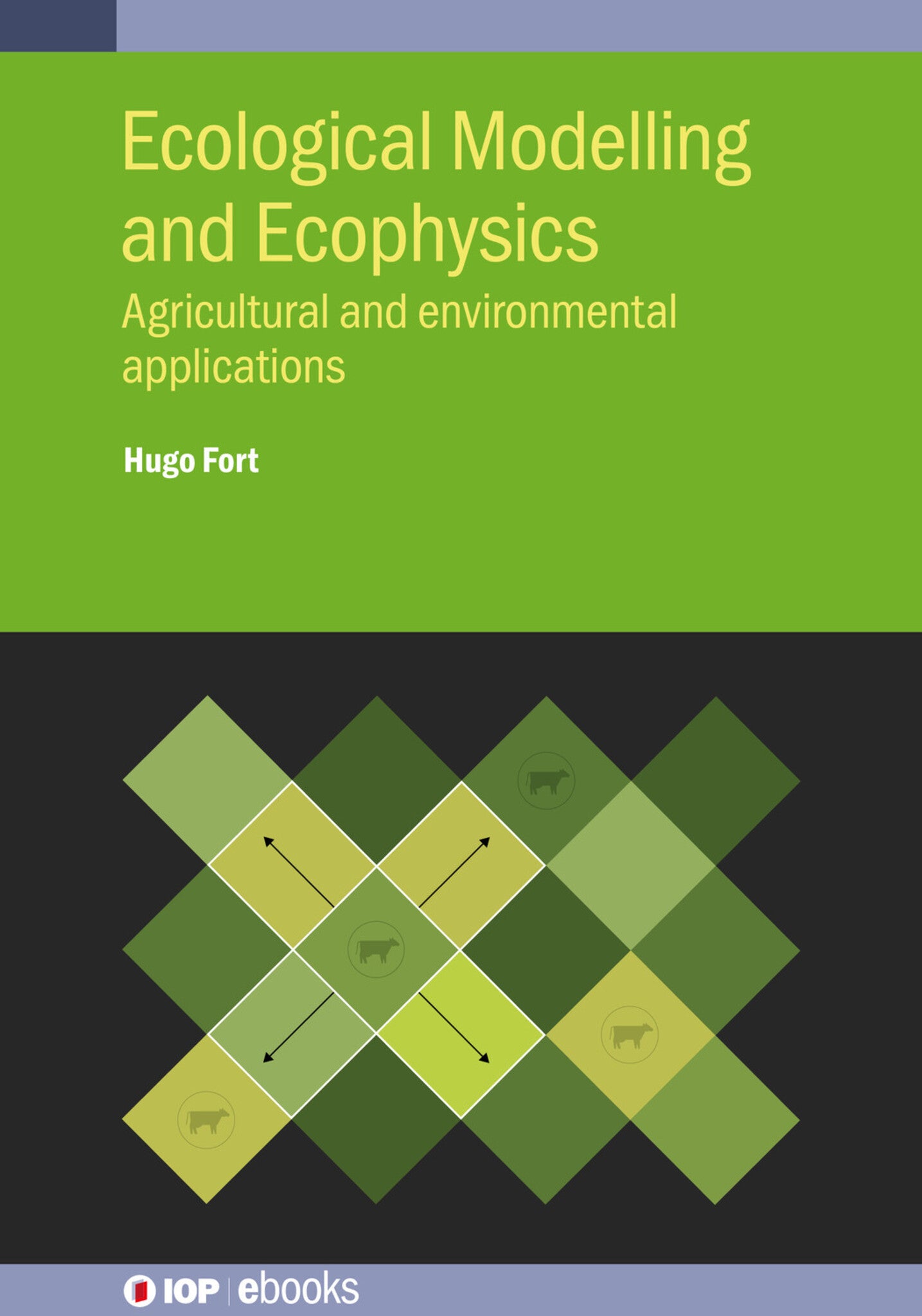We're sorry. An error has occurred
Please cancel or retry.
Ecological Modelling and Ecophysics

Some error occured while loading the Quick View. Please close the Quick View and try reloading the page.
Couldn't load pickup availability
- Format:
-
19 June 2020

This book focuses on use-inspired basic science by connecting theoretical methods and mathematical developments in ecology with practical real-world problems, either in production or conservation. The text aims to increase the reader’s confidence to rely on partial aspects and relations of systems to which we only have an incomplete understanding. By abstracting and simplifying problems, Ecological Modelling and Ecophysics seeks to expand the reader’s understanding and ability to solve practical issues with rigorous quantitative methods.
The first part of this book is devoted to classical methods in population and community ecology. The second part aims to introduce the reader to certain tools and techniques from different branches of physics, such as thermodynamics, statistical mechanics and complex systems, and their applications in ecology and environmental sciences. Connecting ecological problems with well-studied phenomena in physics allows the exploiting of analogies to gain deeper insight into these problems, to identify novel questions and problems, and to get access to alternative quantitative methods and tools from physics. This is an essential text for quantitative ecologists and environmental scientists with an interest in novel mathematical approaches, and also applied physicists and mathematicians with an interest in ecological systems.
Key Features
- Focuses on the practical applications of quantitative ecological models
- Practical challenges are drawn from agriculture and environmental science
- Applies methods and theories from physics to gain deeper insight into ecological challenges
- Covers key quantitative models in ecology including niche theory, mutualism, and game theory
- Will be of interest to environmental scientists and biophysicists as well as ecologists

SCIENCE / Life Sciences / Ecology, Ecological science, the Biosphere, SCIENCE / Life Sciences / Biophysics, Biophysics

Fort’s writing is engaging while still maintaining high standards of rigorous thinking. The examples all help pin the abstract mathematics to the natural world. If I have a quibble with the book, it is not with Fort’s writing, but with the publisher’s assembling of the manuscript. First, the pages are not numbered consecutively from 1 to 300. Rather, the pages of each chapter are numbered with chapter designation and page number within the chapter. In every theoretical-application pair of chapters, the theoretical chapter is numbered numerically followed by the related application chapter beginning with A. Thus, at the bottom of the pages we have for example page 3-4 as the fourth page of Chapter 3 (which is actually the seventh chapter of the book) and A3-4 as the fourth page of the application chapter (A3) following Chapter 3. If this sounds confusing, it is; this clumsy pagination makes it rather difficult to find your way through the book. Secondly, the book lacks an index so we cannot find, for example, all the different ways that ideas such as eigenvalues are used throughout the book. But these are minor annoyances that can hopefully be corrected in a future edition or printing. It should not deter mathematicians and physicists who are interested in ecological systems and mathematical ecologists who would like to read a fresh approach to classical and current problems from studying this book and thinking deeply about the issues it raises.
John Pastor, Journal of Ecological Modelling (Elsevier).
Most of these chapters were written during 2018–9, while I was on sabbatical
leave across Europe and the US thanks to the generous support from ANII through
project ERANET-LAC R&I2016–1005422 and the University of the Republic
(UdelaR), Uruguay. I am also indebted to Sebastian Ibanez, Ferenc Jordan and
Valentín Picasso for their hospitality at, respectively, Chambery (France), Budapest
(Hungary) and Madison (US).



